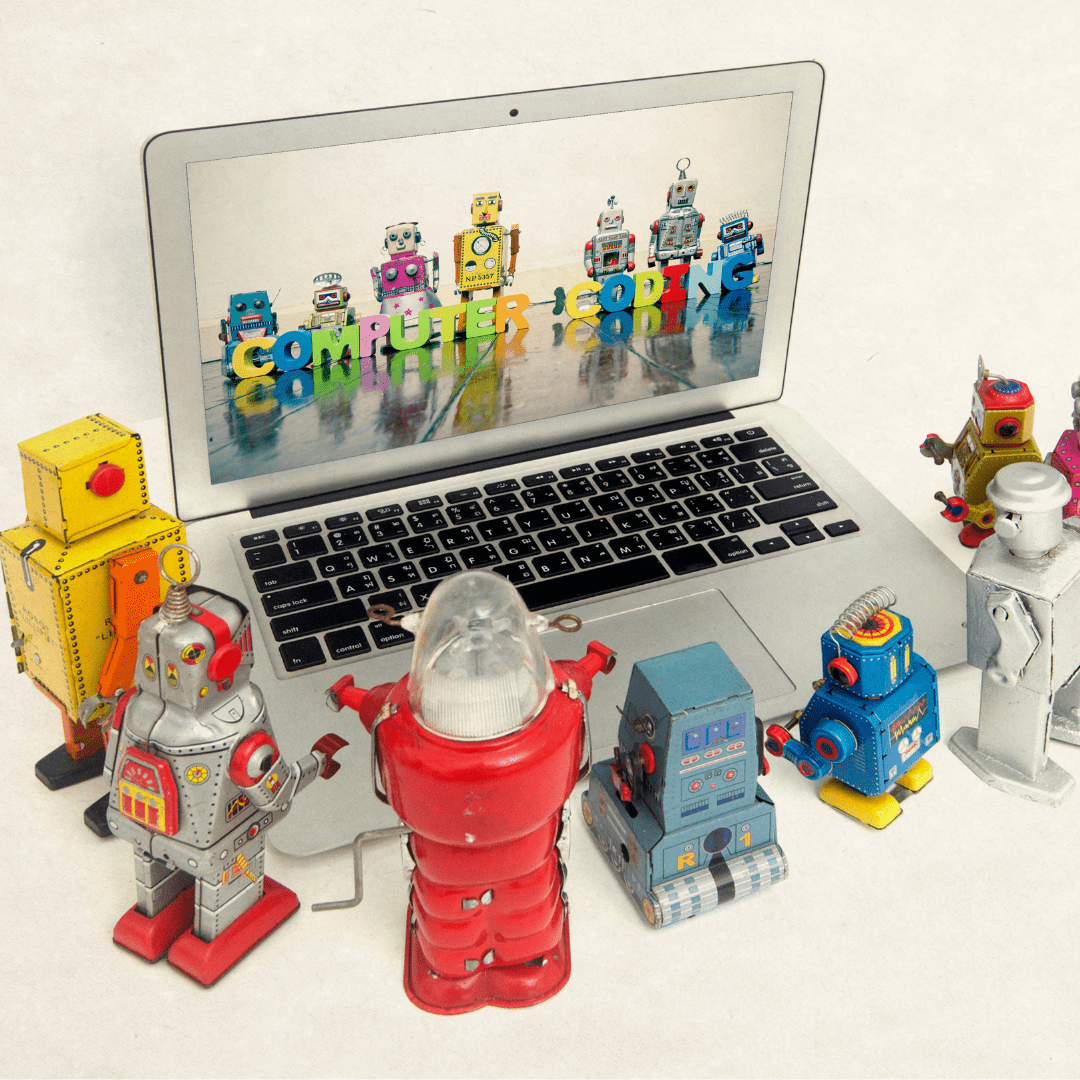Coding for kids can be both a fun and educational activity. It allows children to explore the world of technology while teaching them problem-solving skills and critical thinking. Here’s a story about a young girl named Ava who learned to code and had a lot of fun doing it.
Ava was imaginative and interested. She was immediately drawn to a website that taught kids to code. The website made coding seem enjoyable and easy.
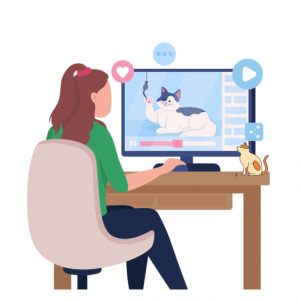
Ava started with a basic webpage for Mittens, her beloved cat. She understood that coding was like solving riddles as she went through the classes and typed her first lines. She liked designing the website and was thrilled to launch it online. Ava took on harder tasks after her achievement. She made games, animations, and Chabot. As she learned, she realized coding had unlimited potential. Ava found that coding was a great opportunity to express her ideas and make a difference. She used code to solve issues, construct tools, and realize her ideas.
Ava became renowned as a coder and was often asked to help her friends and classmates with their projects. She liked teaching and experiencing their pleasure as they produced.
By introducing coding to kids at an early age, they can discover the joy of learning how to create their own projects and build something with their own two hands. However, getting kids interested in programming can be a challenge. This blog will provide some tips and tricks on how to make coding for kid’s fun and engaging. These strategies will help keep young coders motivated and excited about coding from incorporating games and activities to using visual tools and animations. So, let’s get started and explore how to make programming fun and exciting for kids!
Benefits of Programming for Kids
Coding is an excellent way to boost creativity, critical thinking skills, and problem-solving abilities. For example, programming allows kids to be creative and come up with new ideas to solve problems. They can also practice critical thinking by identifying what is needed to create a solution and what can go wrong along the way. Furthermore, kids who learn to code will be better prepared for future careers in technology and STEM.
These skills can also help them excel in school and beyond, as they are more likely to be successful in a variety of subjects related to technology. However, programming is a great way for children to expand their minds and explore their creativity. It is also a great way for parents, teachers, and other adults to build confidence and trust in kids by showing them that they can accomplish anything if they try hard enough.
Tips and Tricks to Make Programming Fun for Kids
Enhancing the enjoyment of programming for kids can be difficult, but here are some tips to simplify and add fun to the learning process for teachers and parents:
- Gamify learning: Make programming a game by setting up challenges, rewarding progress, and allowing kids to have fun while learning.
- Use real-world examples: Show kids how programming is used in the real world to solve problems and create things that they can relate to, such as games, animations, and websites.
- Offer instant feedback: Use tools that provide instant feedback, such as interactive compilers, so kids can see the results of their code right away.
- Collaborate on projects: Encourage kids to work on projects together and to share their code with each other. This helps to foster teamwork and communication skills.
- Make it hands-on: Allow kids to try things out for themselves and experiment with code. Encourage them to touch and modify code, and to see how changes affect the outcome.
- Provide helpful resources: Offer kids access to resources that can help them learn, such as online tutorials, forums, and coding communities.
- Encourage problem-solving: Teach kids to think like programmers by encouraging them to break down problems and find solutions through code.
- Celebrate achievements: Celebrate milestones, no matter how small, and encourage kids to share their successes with others. This helps to build their confidence and motivation.
Unplugged Activities for Computer Coding Skills
Teaching coding to kids without a computer can be a challenge, but it is possible by using real-life examples and hands-on activities. Here are a few ways to do it:
1.Step by Step guide: Coding is a step-by-step way to tell a computer how to do something.
-
- Code Walk: A “code walk” is an activity where kids use movements, such as walking, jumping, or skipping, to represent code commands. For example, they can use walking forward to represent moving a character forward in a game.
- Board Games: Similar to coding card games, coding board games like RobotLab and Code & Go Robot Mouse use physical pieces and game boards to help kids learn coding concepts and problem-solving skills.
- Card Games: There are several card games, such as Robot Turtles and Code Master, that use simple coding concepts like loops, conditions, and sequences to help kids learn how to code. Here is a link to how you teach basic coding concepts with a deck of cards.
2.Decomposition: An essential aspect of coding is the ability to divide a large task into manageable steps, known as decomposition. This is a skill that children can develop and hone through various everyday activities. For example, you can ask them to write a code to make breakfast or to brush their teeth, using simple commands and symbols.
3.Abstraction through Treasure Hunt: Another important concept in coding is the ability to think abstractly and use symbols to represent objects or actions. A fun activity to help children grasp this idea is a decoder game.
-
-
-
- For younger kids, you can incorporate it into an engaging experience, such as a scavenger hunt, or an egg hunt for example.
- Create a treasure hunt game where kids follow a series of instructions to find a hidden treasure. The instructions can include simple coding concepts like loops and conditions, and kids can use their problem-solving skills to complete the hunt.
-
-
4.Recognizing Patterns: An essential aspect of coding involves recognizing patterns in seemingly random events. To help young children develop this skill, you can engage them in pattern recognition games.
-
- For instance, you can ask the child to arrange blocks in groups of one green block followed by three yellow blocks.
- Another activity could be to have the child color the days on a calendar when they have math classes with one color and English classes with another, then ask the child to identify the patterns. This could include identifying that they have math class every Monday, Wednesday, and Friday or that they have math class three times a week.
These activities provide kids with concrete examples of how coding concepts can be applied to real-life problems, and help them develop their problem-solving, critical thinking, and sequential reasoning skills.
Reading reference:
- THE EXCITING WORLD OF STEM BOARD GAMES- FUN AND EDUCATIONAL
- WHY MEMORY GAMES ARE ESSENTIAL FOR CHILDREN’S DEVELOPMENT : THE BENEFITS EXPLAINED
Coding and Storytelling: A Kids’ Adventure
Gamified books make learning programming fun by incorporating interactive exercises, storytelling, competition, leaderboards, and rewards.
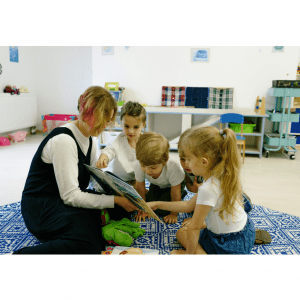
These elements engage readers and provide a sense of accomplishment, motivation, and competition, helping them develops a love for programming and technology. Here is a list of best gamified books for making coding fun:
- “Hello Ruby: Adventures in Coding” is a book for kids aged 4 to 8 that teaches coding through storytelling, illustrations, and interactive exercises. It aims to encourage creativity and foster a love for technology and coding.
- “Lift-the-Flap Computers and Coding” is a children’s educational book that teaches basic computer concepts through a lift-the-flap format. It uses interactive elements and colorful illustrations to make the subject fun and accessible for young readers, who are aged 4 to 8. The book aims to spark an interest in technology and encourage careers in STEM fields.
- “Computational Fairy Tales” is a book that teaches computer science through imaginative fairy tales. It uses storytelling and illustrations to introduce young readers to concepts like algorithms and programming logic. The book aims to make learning fun and engaging for children aged 8 to 12, and encourages them to pursue careers in technology. It’s a great resource for educators and parents looking to introduce kids to computer science.
- “Code for Teens” is a beginner’s guide to programming aimed at teenagers. It provides an introduction to coding, covering multiple programming languages and key concepts. The book features hands-on projects, interactive exercises, and a step-by-step approach, making it an ideal resource for those new to programming. It is great for those looking to build a tech career or simply learn to code for fun.
There are many other similar books available that use a variety of approaches to make the learning process fun and accessible.
Toys that Make Coding Fun for Kids
Toys, games, electronics kits, and robots can help children learn the basics of coding and expand their STEM knowledge through play. These options are available for all ages and can be a fun and engaging way to introduce children to coding and technology. Some popular options include robots, which can be a hands-on way to learn coding concepts, and screen-free toys, which allow children to explore coding without being in front of a screen.
- Botley the Coding Robot 2.0 is a great first coding toy for children. It is designed to help children understand the basics of coding through play and help them expand their STEM knowledge. The robot does not require screens and is suitable for children of all ages.
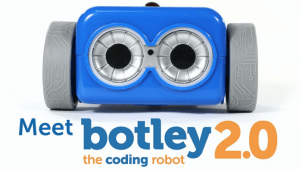
- LEGO Boost Creative Toolbox is a robotics toy for kids aged 7-12 that uses LEGO bricks and a coding app to build and program robots. It features interactive sensors and motors, a color/distance sensor and a tilt sensor. Children can learn coding, robotics and engineering through programming their creations to move, make sounds and more.
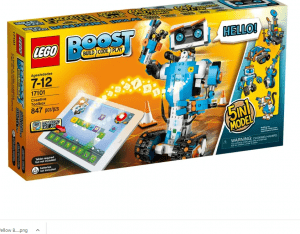
- Robot Mouse Activity Set is a great toy for introducing children to the basics of coding. It features a programmable mouse that kids can use to navigate through a maze and complete challenges. The set includes coding cards and a colorful map, making it a fun and interactive way for kids to learn about coding and logic.
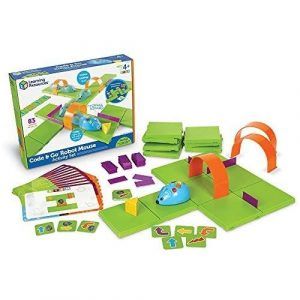
- Kano Computer Kit: This is a build-it-yourself computer that teaches kids the basics of coding, hardware, and design. It comes with a step-by-step guide and fun challenges that help kids learn to code in a creative and interactive way.

- Sphero SPRK+ is an educational robot for kids to learn coding. It has sensors, can be programmed with a smartphone or tablet, and the app provides a visual coding interface. It’s an engaging way for kids to learn coding and robotics, inspiring a love for STEM.
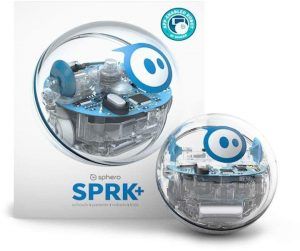
These toys provide a fun and interactive way to introduce children to programming concepts, and help them expand their STEM knowledge. Whether you’re a teacher or a parent, these toys can be a great way to make the learning process more enjoyable and engaging for kids.
Reading reference:
AI TOOLS FOR KIDS: MAKING LEARNING FUN AND ENGAGING
SkoolOfCode’s Perspective
At SkoolOfCode, we believe that coding is not just about writing code but it also involves problem solving, critical thinking, creativity, and innovation. Our goal is to provide a fun and engaging learning environment where children can develop their coding skills and creativity through online coding classes.
We understand the importance of hands-on learning and that’s why we make sure that our students get plenty of opportunities to practice their coding skills. Our experienced instructors provide step-by-step guidance and support to ensure that each student is able to achieve their goals and reach their full potential.
We offer various programs and courses for kids and teenagers, including coding for beginners, advanced courses for those who want to further their skills, and project-based courses where students can put their skills into practice and create something truly unique.
Our goal is to foster a love of coding in the next generation of digital creators, and to help children develop the skills they need to succeed in the technology-driven world of tomorrow. Whether your child is interested in video games, animation, web development, or robotics, we have a course that will help them get started on their journey.
Conclusion
In conclusion, programming can be a great way to help kids develop a variety of skills. It can help them become better problem-solvers, increase their creativity and imagination, and even give them an edge in the job market. With the right tips and tricks, programming can be a fun and engaging experience for kids. There are plenty of resources available to help kids get started, from coding tutorials to programming projects. Finally, it’s important to make sure that kids have access to the right tools and resources, and that the coding environment is positive and encouraging.
By following these tips and tricks, parents and teachers can help kids unlock the benefits of programming and have fun while doing it. So, don’t wait any longer – start exploring the world of coding and programming with your kids today!
Ms.Manpreet Virk, an educator at SkoolofCode with a degree in M.Phil and Master in Computer Science. She is passionate about learning and teaching young minds.

